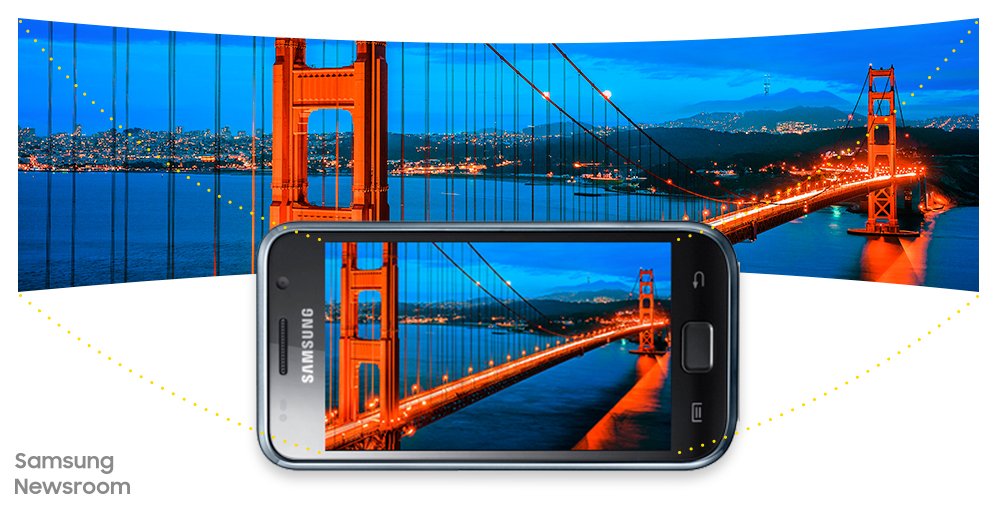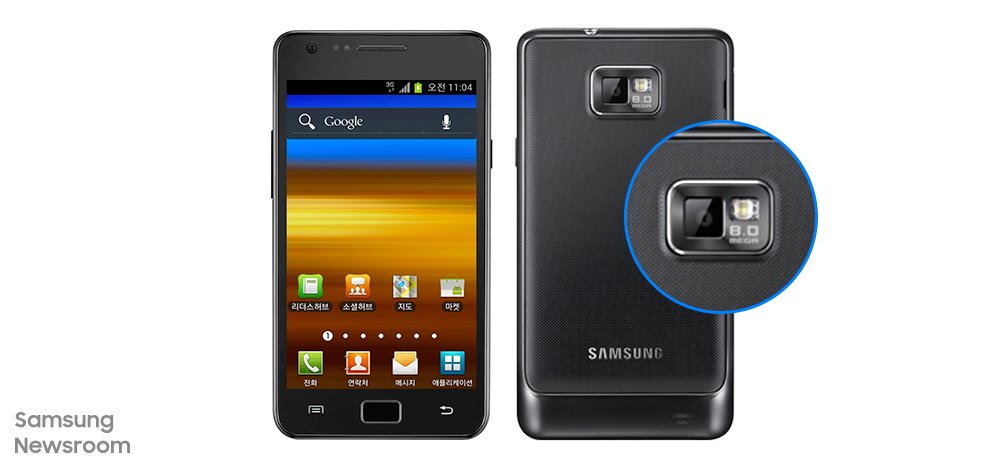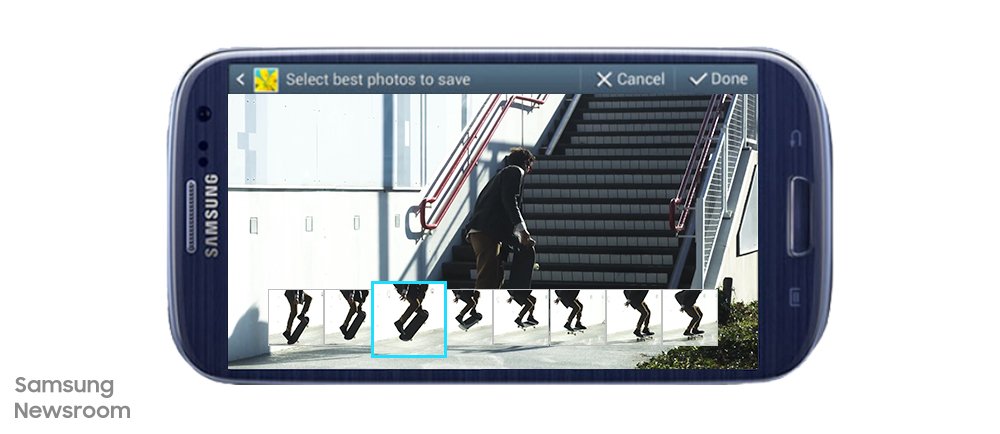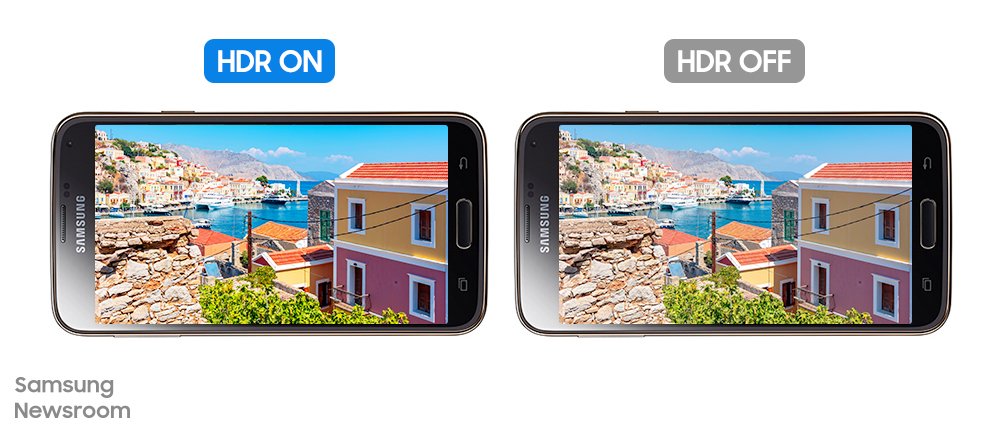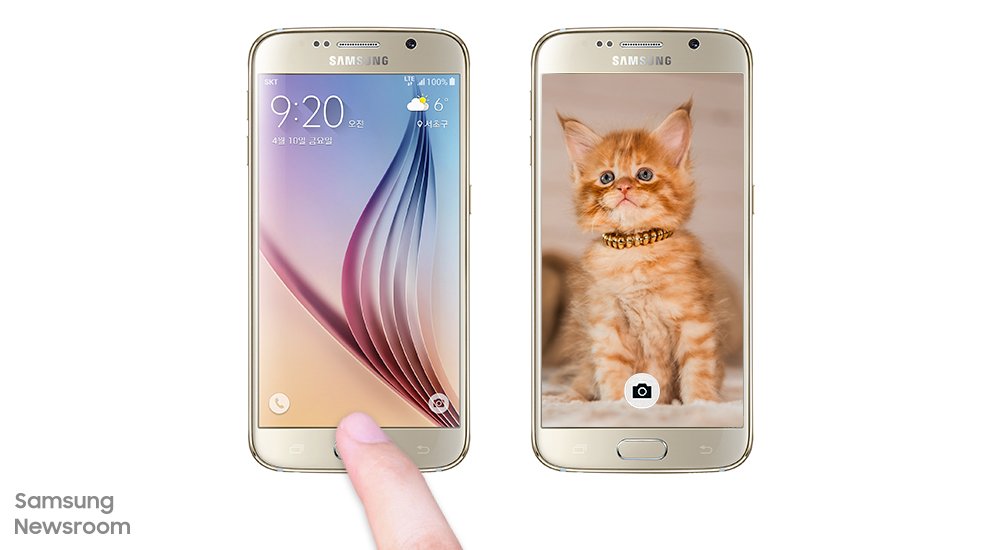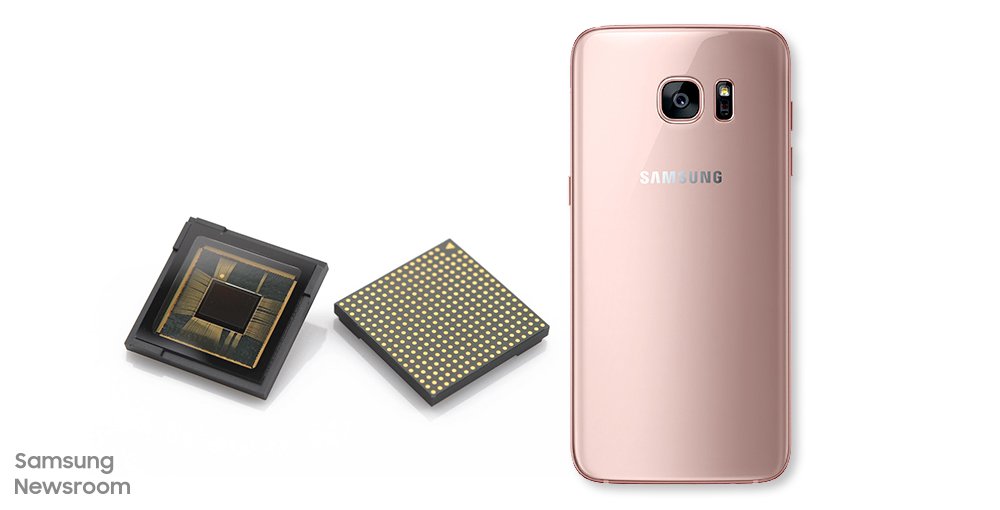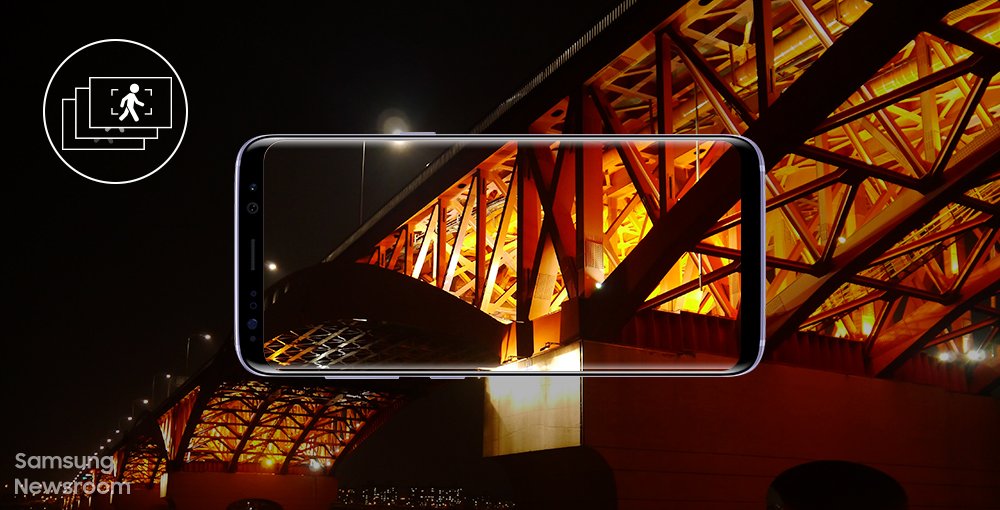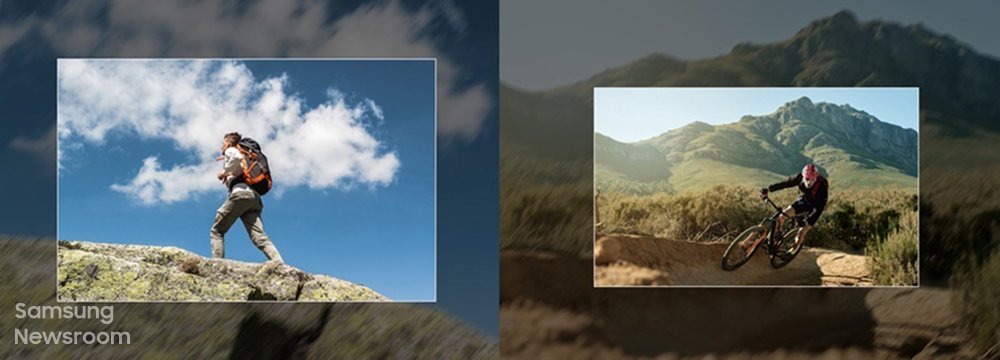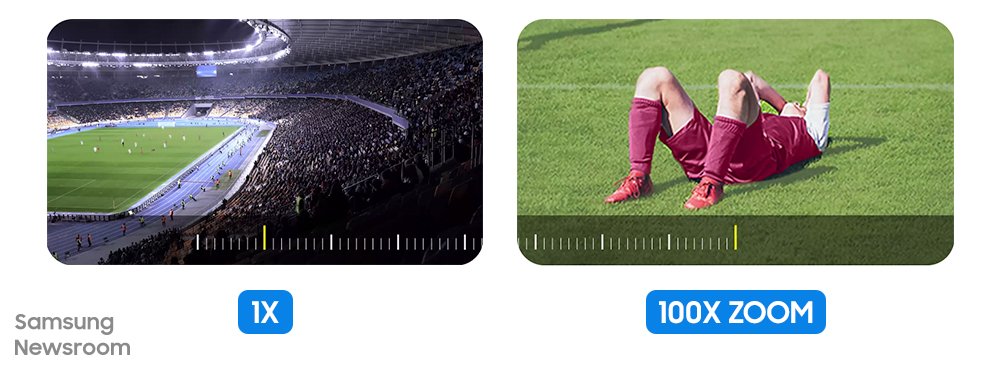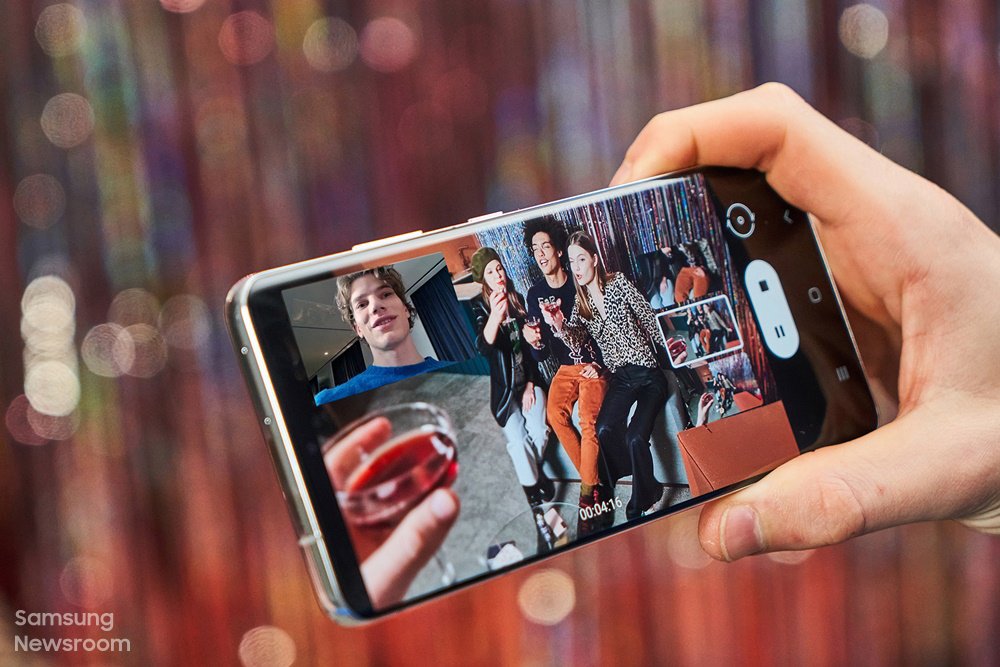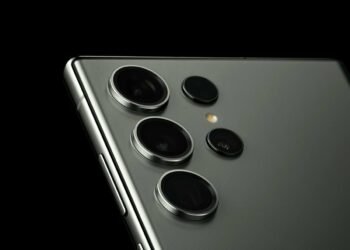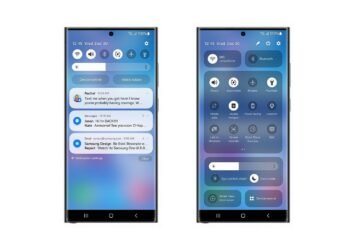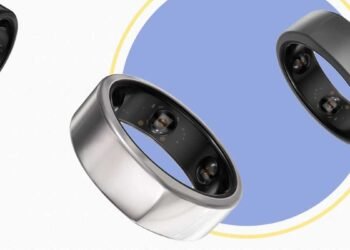In the year 2000, Samsung V2000 was the company’s first phone with a camera; it is also the first phone with a camera built-in. Samsung has been working on improving its Camera Technology to enhance mobile photography since then. And for the last decade, the Galaxy S series is leading the charge.
Samsung felt nostalgic after the launch of the Galaxy S21, so it posted a brief history of the Galaxy S series’ camera technology and its evolution over the years.
Galaxy S – Panorama Shot: Wider Than You Can See
The Samsung Galaxy S had a 5MP camera and 720p video recording. And it featured a Panorama mode to allow users to capture wide-angle shots. This was the year when Ultra-Wide Lens is not even a thing.
Galaxy S2 – Flash LED: Capture Photos in Low-Light Settings
A phone with an LED flash at the rear to facilitate low-light photography. Some editions had an auto-focus feature too.
Galaxy S3 – Burst Shot: Tap and Take Up to 20 Photos
The Galaxy S3 made photography easier for an average person. It introduced a Zero Shutter Lag mode and a Burst mode that can take 20 photos in 3.3 seconds and suggests the best one. Well, we have Single Take mode now.
Galaxy S4 – Dual Shot: Adding a Picture-in-Picture Effect
The Galaxy S4 introduced Dual Shot, a picture-in-picture effect by combining the front and rear cameras’ output. Other features unique to the Galaxy S4’s camera experience included Sound & Shot, which allowed users to record audio to accompany their images, and Drama Shot, which let users take multiple pictures in quick succession and combine them into an image that tells the story better than a single photo could.
Galaxy S5 – Rich Tone HDR: Snap Clear Photos in Any Environment
The Galaxy S5 was a landmark release, as it was the first smartphone to feature a 16MP ISOCELL camera. The ISOCELL image sensor enhanced image quality with less cross-pixel interference, making it possible to take clearer pictures even in the dark. The camera also featured an upgraded HDR mode for enhancing photos.
Galaxy S6 – 0.7 Seconds: Capture the Moment in Less Than a Second
Samsung introduced a Quick Launch function with the Galaxy S6 that allowed users to launch the camera in just 0.7 seconds, only by tapping the home button twice on any screen.
Galaxy S7 – Dual Pixel Image Sensor: Delivering Fast and Accurate Autofocus
The Galaxy S7 incorporated a dual pixel image sensor – a technology featured in high-end DSLR cameras – to allow users to quickly snap crisp and clear photos even when they’re in the dark. The sensor worked by splitting every pixel into two photodiodes for on-chip phase detection, providing vastly improved autofocus performance.
This is where front flashes (LED or Screen Flash) were introduced to enhance selfie capture. The Galaxy S7 at that time made a record high DxOMark score of 88 points.
Galaxy S8 – Image Signal Process Algorithm: Transform Each Shot Into a Masterpiece
The Galaxy S8 introduced an improved image signal process algorithm that ensured clear, stable images regardless of time or place. It achieved this by taking three consecutive photos and selecting the best one.
Galaxy S9 – Dual Aperture: Capture Moments on the Brightest Days and Darkest Nights
The Galaxy S9 introduced a Dual Aperture camera that would automatically adjust to ambient light. It also allowed users to switch between f/2.4 and f/1.5 via pro mode. The camera’s Super Slow-mo feature allowed users to record videos at 960 fps.
Galaxy S10 – Super Steady: Crisp, Clear Videos in Any Conditions
The Galaxy S10 introduced Super Steady mode that took video stabilization to the next level. It also added an Ultra-Wide lens (mounting the triple camera on the rear) to capture a field view of 123°.
Galaxy S20 – Space Zoom: Zoom in Without Losing Any Image Quality
Samsung boosted the zooming capabilities to 100X with Galaxy S20 Ultra, the so-called ‘Space Zoom. In addition, it features an 8K video recording where a screenshot from it will still be 33MP. The Super Steady mode was improved with AI-based motion analysis. The rise of ‘Ultra’ models has started with this model..’
Galaxy S21 – On-Device AI: Capture Pro-Grade Photos and Videos
The Galaxy S21 series, which will be in stores next week. This year’s Ultra model is Samsung’s first phone with two telephoto modules. Directors View gives you a live feed from three cameras simultaneously, and there are several picture-in-picture modes at your fingertips.
The combination of anti-shake technology, 10x optical zoom, and both laser and dual-pixel autofocus enables the cameras to produce results that rival those of high-end DSLRs. With an upgraded 108MP lens and nona-binning technology, the Galaxy S21 series ensures bright and clear photos, even in low-light environments.
So that’s been it; the history of Samsung and its evolution of camera technology. Thank you for reading, and do share the article if you get a bit piece of information. Also, keep an eye on this space for more relevant updates. Stay safe, and we hope to see you around.


